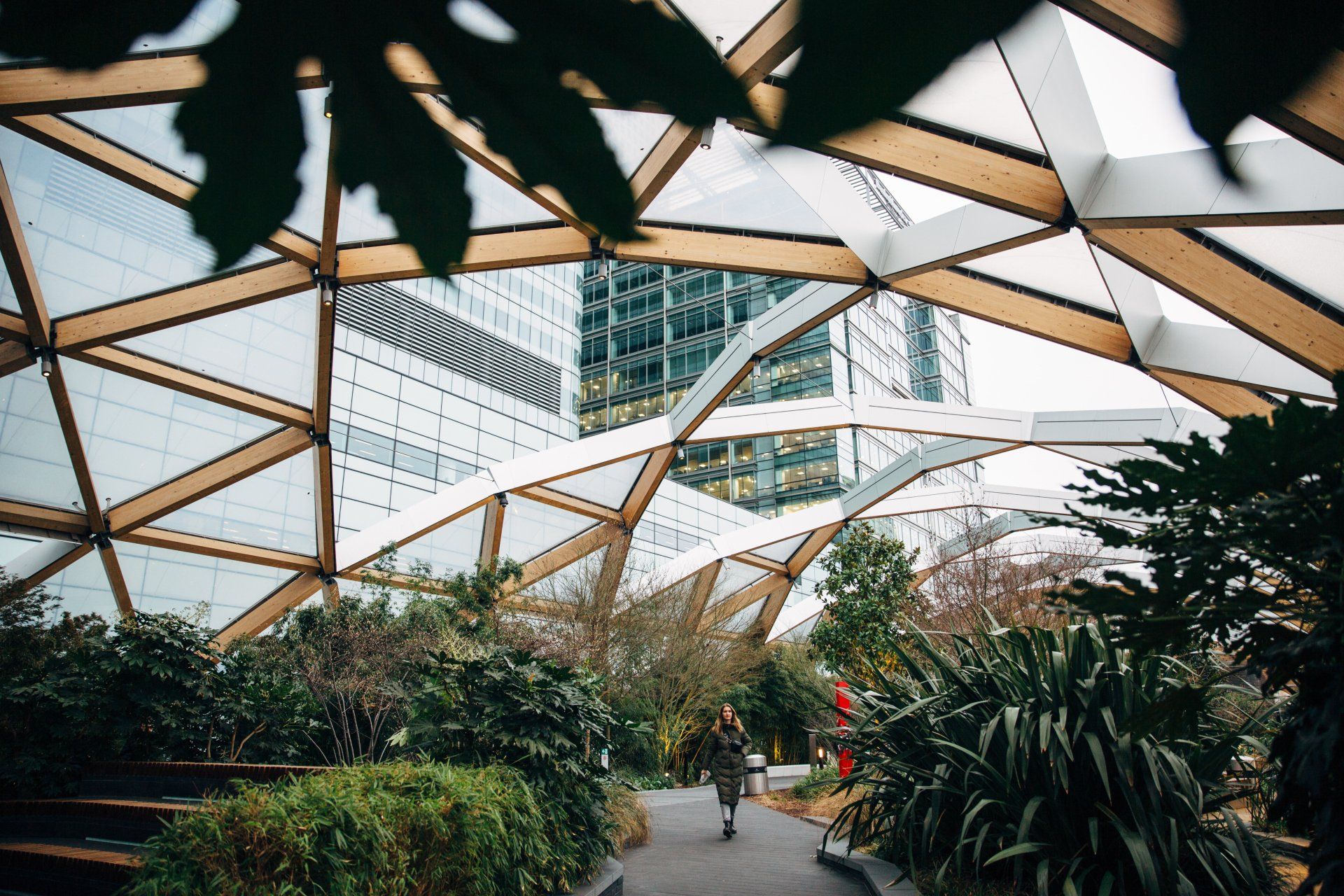A key message from the Climate Change Committee’s new landmark report for the Sixth Carbon Budget suggests polluting emissions must fall by almost 80% by 2035, compared to 1990 levels. This fall in emissions was the UK’s 2050 goal only one and a half years ago.
Zero-carbon replacements
If we’re to achieve this target by the early 2030s every car, van, and boiler replacement must be zero carbon. The Climate Change Committee’s report shows that a major investment programme across the country must be rolled out in order to deliver the suggested target. The government’s advisers expect that the outlined path could help policymakers and the public save money and resources by using cleaner technologies, including electric vehicles and more renewable energy infrastructure.
Driving down the cost of net zero
The Climate Change Committee also estimates that these savings could reduce the cost of the UK’s net zero journey when compared with previous assessments. Predicting that the cost could be driven down to less than 1% of the UK’s GDP over the next 30 years. This reduction is mainly attributable to the falling cost of offshore wind and a range of low carbon solutions that have become available for every sector.
Moving towards net zero
We’re committed to helping our customers reduce their emissions, shaping a net zero future for the UK. Your business can play a part helping the UK reduce polluting emissions through our variety of green products and services. Including our green energy tariff where 100% of supplied electricity is from renewable sources - with each megawatt backed by Guarantee of Origin certificates. Find out more about our green tariff for business below.




